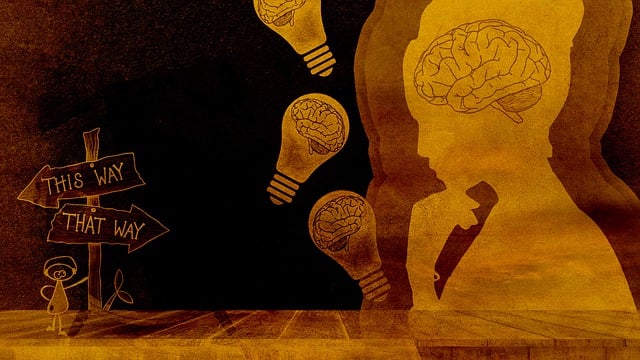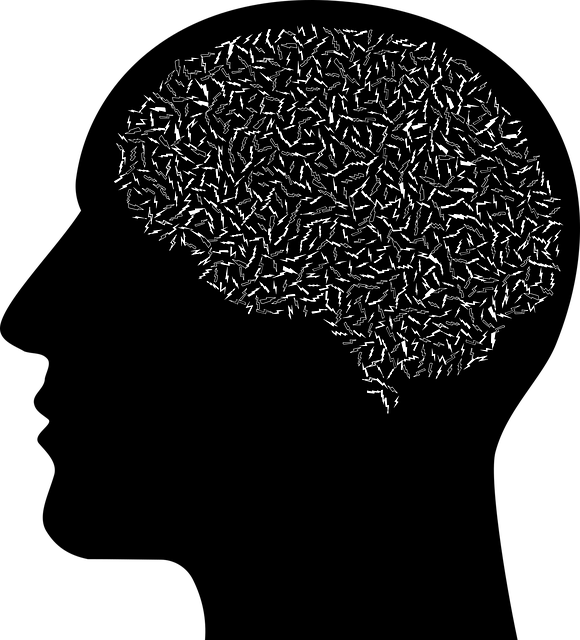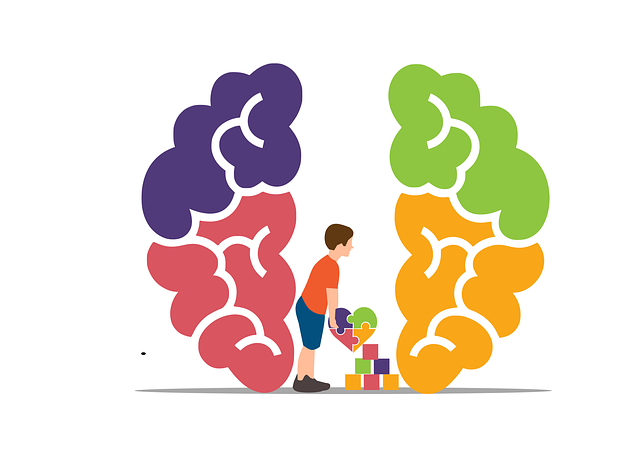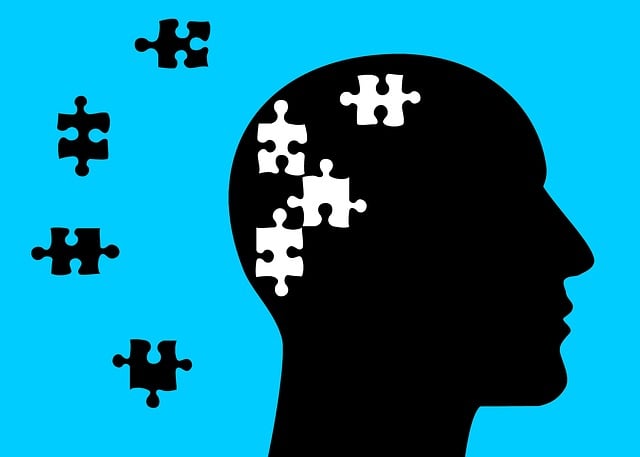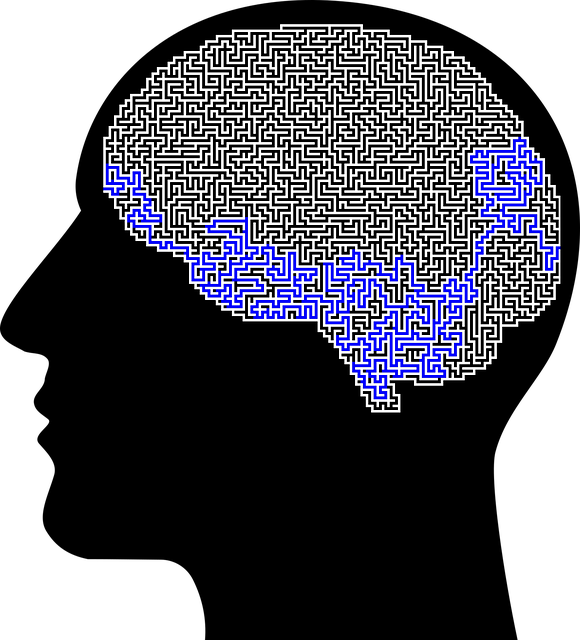Assessing community needs through surveys, focus groups, and interviews is crucial for creating impactful Mental Health Education programs. By identifying specific challenges like burnout among young adults or stress in high-pressure jobs, educators design tailored interventions including Stress Reduction Methods and Coping Skills Development. Engaging elements like podcast series production enhance accessibility. Incorporating diverse strategies like Social Skills Training, Mental Wellness Journaling, and evidence-based therapies like Centennial Stress Management Therapy empowers individuals to cope effectively while addressing cultural and individual differences for inclusive care.
“Uncover the secrets to crafting impactful mental health education programs with our comprehensive guide. In today’s fast-paced world, addressing psychological well-being is more crucial than ever. This article navigates the process, from identifying prevalent mental health issues within specific populations to designing engaging curricula and selecting optimal delivery methods.
Learn how to tailor interventions for diverse audiences, integrate evidence-based practices, and create a symphony of interactive learning experiences. Discover strategies for long-term success through evaluation and continuous improvement, ensuring your program leaves a lasting positive impact, much like a metamorphosis from a caterpillar to a butterfly.”
- Assessing Needs and Goals: Tailoring the Program to Your Audience
- – Identifying key mental health issues within the target population
- – Understanding cultural and individual differences
Assessing Needs and Goals: Tailoring the Program to Your Audience

Assessing Needs and Goals is a crucial step in designing an effective Mental Health Education program. It involves understanding the unique challenges and aspirations of your target audience, whether it’s students, working professionals, or communities facing specific issues like Centennial Stress Management Therapy. By conducting thorough research and leveraging tools such as surveys, focus groups, and interviews, you can identify pressing mental health concerns and desired outcomes.
This process allows for tailoring the program to address specific needs, incorporating relevant topics like Stress Reduction Methods and Coping Skills Development. For instance, a program designed for young adults might emphasize building resilience and managing academic pressures, while one geared towards workplace environments could focus on stress management techniques tailored to high-pressure jobs. Additionally, incorporating elements like Mental Wellness Podcast Series Production can enhance engagement and accessibility, reaching a broader audience with diverse learning styles.
– Identifying key mental health issues within the target population

Understanding the mental health landscape within a specific community or demographic is a crucial step in designing an effective education program. When tailoring programs for a target population, it’s essential to identify prevalent mental health issues that significantly impact their lives. For instance, in today’s fast-paced work environment, burnout prevention strategies for healthcare providers are becoming increasingly vital. This is especially true for those navigating the challenges of modern life, such as young adults transitioning into the workforce or professionals in demanding careers. Identifying key concerns like stress management and its profound effects on overall mental wellness is a fundamental aspect of program design.
The program should be crafted to address these concerns holistically. Incorporating various elements can include Social Skills Training to enhance interpersonal connections and support networks, which are vital for mental health. Additionally, implementing Mental Wellness Journaling Exercise Guidance can empower individuals to develop self-care practices and gain insights into their emotional well-being. For example, the Centennial Stress Management Therapy approach could be integrated to teach participants effective coping mechanisms and stress reduction techniques tailored to their unique needs.
– Understanding cultural and individual differences

In designing mental health education programs, it’s crucial to embrace and understand cultural and individual differences. Every person brings their unique background, experiences, and beliefs to the table, which significantly impact how they perceive and engage with mental health support. For instance, a program tailored for young adults in urban settings might focus on stress management techniques like mindfulness meditation, considering the fast-paced nature of city life and the pressures of modern careers. In contrast, a similar program designed for an older demographic or rural communities may need to address specific stressors related to isolation, retirement, or agricultural work, potentially incorporating positive thinking exercises to boost resilience.
This sensitivity towards diversity is particularly vital in healthcare settings where burnout prevention strategies for providers are essential. Programs should be flexible enough to incorporate cultural nuances and individual preferences to ensure everyone feels welcome and understood. For example, Centennial Stress Management Therapy might employ a range of techniques, from group discussions on shared experiences to personalized plans that factor in unique life circumstances. By doing so, mental health education becomes more inclusive, effective, and tailored to the diverse needs of those seeking support.
In designing a comprehensive mental health education program, such as Centennial Stress Management Therapy, it’s essential to begin with a deep understanding of your audience’s unique needs and cultural contexts. By identifying prevalent mental health issues within specific populations and considering individual differences, programs can be tailored to effectively address relevant concerns. This targeted approach ensures that educational initiatives resonate with participants, fostering better mental well-being outcomes.
